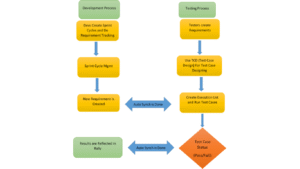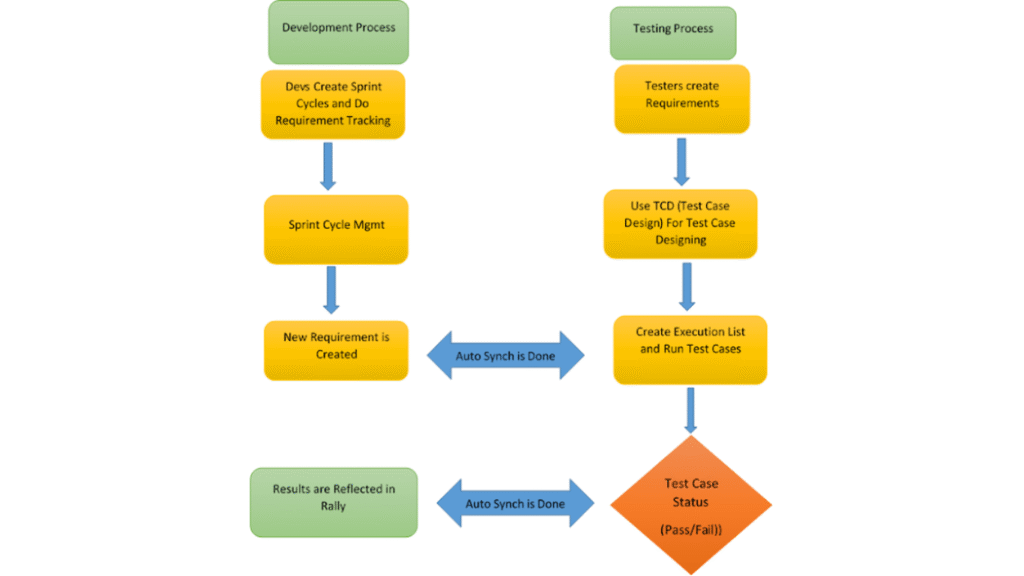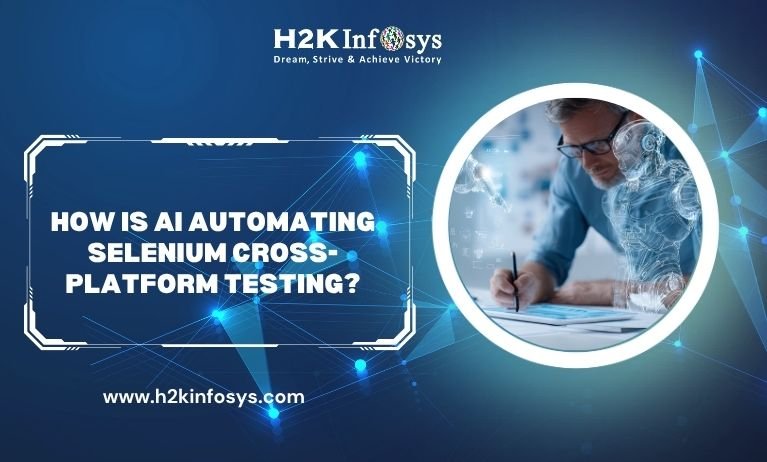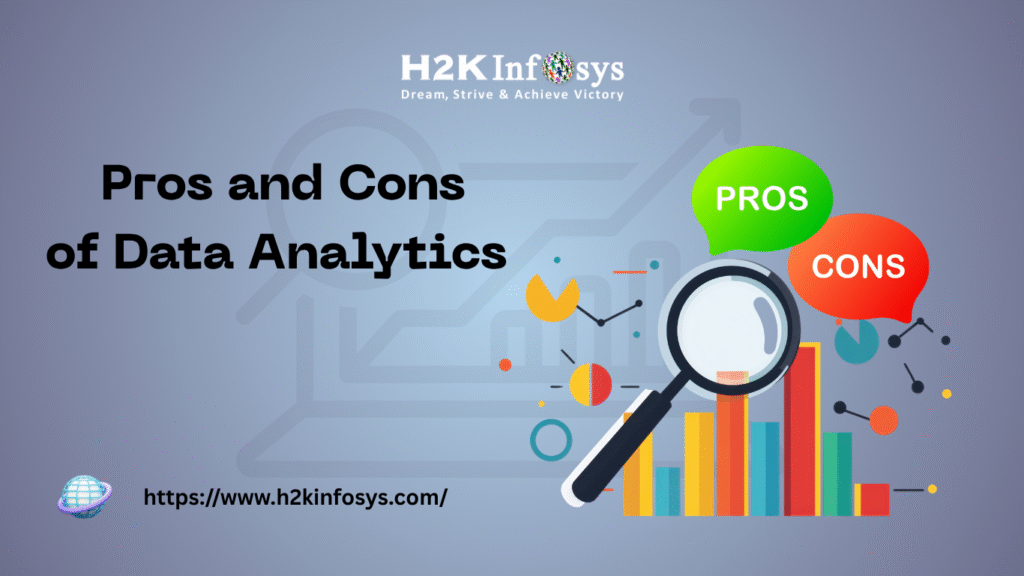In the realm of IT security, vulnerability management is a critical component that ensures the safety and security of an organization’s information systems. It involves identifying, evaluating, and mitigating vulnerabilities within a system. As organizations strive to protect their digital assets, the demand for skilled professionals in vulnerability management continues to grow. This blog will delve into some of the top interview questions and answers that candidates may encounter when interviewing for IT security roles focused on vulnerability management.
Interview Questions and Answers on Vulnerability Management for IT Security
What is Vulnerability Management?
Answer: Vulnerability management is the process of identifying, classifying, prioritizing, and mitigating vulnerabilities in a system. It involves regular assessments and the application of patches or other measures to reduce the risk of exploitation. The primary goal is to minimize the attack surface and ensure that systems are as secure as possible against potential threats.
Can you explain the difference between a vulnerability, a threat, and a risk?
Answer:
- Vulnerability: A vulnerability is a weakness or flaw in a system that can be exploited by an attacker. It can exist in software, hardware, or even within an organization’s procedures.
- Threat: A threat is any circumstance or event that has the potential to cause harm by exploiting a vulnerability. This could be a malicious hacker, malware, or even a natural disaster.
- Risk: Risk is the potential for loss or damage when a threat exploits a vulnerability. It is a combination of the likelihood of the occurrence and the impact it would have on the organization.
What are the key steps involved in the vulnerability management process?
- Continuous Monitoring: Continuously monitoring the environment for new vulnerabilities and threats.
- Answer: The vulnerability management process typically involves the following steps:
- Asset Identification: Identifying all assets within the organization that need protection.
- Vulnerability Detection: Using tools and techniques to detect vulnerabilities in these assets.
- Vulnerability Assessment: Evaluating the severity and potential impact of the identified vulnerabilities.
- Prioritization: Determining which vulnerabilities to address first based on their severity and the risk they pose.
- Remediation: Implementing measures to mitigate or fix the vulnerabilities.
- Reporting and Documentation: Documenting the findings and actions taken to address the vulnerabilities.
How do you prioritize vulnerabilities for remediation?
Answer: Vulnerabilities are prioritized based on several factors, including:
- Severity: The criticality of the vulnerability, often determined by scoring systems like CVSS (Common Vulnerability Scoring System).
- Exposure: The likelihood that a vulnerability will be exploited. Publicly exposed systems or systems with known exploits are higher priorities.
- Impact: The potential damage that exploitation could cause, including data loss, financial impact, and reputational damage.
- Business Criticality: The importance of the affected system to the organization’s operations.
- Regulatory Requirements: Compliance obligations may dictate the urgency of remediation.
What tools are commonly used for vulnerability scanning?
Answer: Several tools are commonly used for vulnerability scanning, including:
- Nessus: A widely used vulnerability assessment tool that can scan for vulnerabilities, misconfigurations, and compliance issues.
- QualysGuard: A cloud-based platform offering vulnerability scanning, asset management, and other security services.
- OpenVAS: An open-source vulnerability scanner that provides a comprehensive vulnerability assessment.
- Nmap: A network scanner that can also be used to identify vulnerabilities.
- Rapid7 Nexpose: A vulnerability management tool that integrates with Metasploit for deeper penetration testing.
How do you handle zero-day vulnerabilities?
Answer: Handling zero-day vulnerabilities involves several key steps:
- Detection: Actively monitoring for signs of exploitation and staying informed through threat intelligence feeds.
- Mitigation: Implementing temporary controls, such as access restrictions, disabling vulnerable features, or using web application firewalls, until a permanent fix is available.
- Patch Management: Applying patches or updates as soon as they are released by the vendor.
- Incident Response: Having an incident response plan in place to quickly address any exploitation attempts.
- Communication: Informing stakeholders about the vulnerability and the steps being taken to mitigate the risk.
What is the role of patch management in vulnerability management?
Answer: Patch management is a crucial aspect of vulnerability management. It involves the regular application of software updates and patches to fix vulnerabilities. The process includes identifying available patches, testing them in a controlled environment, deploying them to production systems, and verifying that the patches have been applied successfully. Effective patch management helps reduce the attack surface by addressing known vulnerabilities before they can be exploited.
How do you assess the effectiveness of your vulnerability management program?
Answer: The effectiveness of a vulnerability management program can be assessed through several methods:
- Regular Audits: Conducting internal or external audits to evaluate the processes and controls in place.
- Metrics and KPIs: Tracking metrics such as the number of vulnerabilities identified, time to remediate, and the percentage of systems patched.
- Penetration Testing: Performing regular penetration tests to validate the effectiveness of the implemented security measures.
- Compliance: Ensuring adherence to industry standards and regulatory requirements.
- Feedback: Gathering feedback from stakeholders and security teams to identify areas for improvement.
Can you explain what CVSS is and how it is used?
Answer: The Common Vulnerability Scoring System (CVSS) is a standardized framework for assessing the severity of vulnerabilities. It provides a numerical score ranging from 0 to 10, with higher scores indicating more severe vulnerabilities. The score is based on several factors, including the exploitability of the vulnerability, the impact on confidentiality, integrity, and availability, and the complexity required to exploit it. CVSS scores help organizations prioritize vulnerabilities and allocate resources for remediation.
What are the common challenges in vulnerability management?
Answer: Common challenges in vulnerability management include:
- Resource Constraints: Limited personnel and budget can make it challenging to address all vulnerabilities promptly.
- Complex Environments: Large and complex IT environments can make asset identification and vulnerability detection difficult.
- False Positives: Dealing with false positives can waste time and resources.
- Patch Management: Coordinating patch deployment without disrupting business operations can be challenging.
- Keeping Up with Threats: The constantly evolving threat landscape requires continuous monitoring and adaptation.
How do you handle sensitive data during vulnerability assessments?
Answer: Handling sensitive data during vulnerability assessments requires careful planning and adherence to best practices:
- Data Classification: Identifying and categorizing sensitive data to apply appropriate security measures.
- Encryption: Using encryption to protect data at rest and in transit.
- Access Controls: Implementing strict access controls to limit who can view or modify sensitive data.
- Data Masking: Using data masking techniques to protect sensitive information in non-production environments.
- Compliance: Ensuring that assessments comply with relevant regulations and standards.
What is a vulnerability disclosure program, and why is it important?
Answer: A vulnerability disclosure program (VDP) is a formalized process for external parties, such as security researchers or the public, to report vulnerabilities to an organization. It is important because it provides a structured way for organizations to receive and address vulnerabilities identified by third parties. VDPs help improve security by encouraging responsible disclosure and providing a clear channel for communication. They also demonstrate the organization’s commitment to security and transparency.
How do you integrate vulnerability management with other security processes?
Answer: Integrating vulnerability management with other security processes involves:
- Incident Response: Coordinating with the incident response team to address vulnerabilities that are actively exploited.
- Threat Intelligence: Leveraging threat intelligence to prioritize vulnerabilities based on current threat trends.
- Security Operations Center (SOC): Collaborating with the SOC to monitor for signs of exploitation and respond to incidents.
- Change Management: Ensuring that changes to systems and applications are reviewed for security implications.
- Compliance: Aligning vulnerability management efforts with regulatory requirements and industry standards.
How do you stay updated with the latest vulnerabilities and threats?
Answer: Staying updated with the latest vulnerabilities and threats involves:
- Subscribing to Security Bulletins: Receiving updates from vendors, security organizations, and government agencies.
- Participating in Security Communities: Engaging with online forums, security conferences, and professional networks.
- Using Threat Intelligence Feeds: Leveraging commercial or open-source threat intelligence services.
- Continuous Learning: Taking courses, certifications, and attending webinars to stay informed about the latest trends and technologies.
Can you explain what a vulnerability assessment is and how it differs from a penetration test?
Answer: A vulnerability assessment is a systematic process of identifying and evaluating vulnerabilities in a system. It typically involves automated scanning tools and manual analysis to detect potential security issues. The primary goal is to provide a comprehensive list of vulnerabilities and recommendations for remediation.
Conclusion:
A penetration test, on the other hand, goes a step further by actively attempting to exploit identified vulnerabilities to determine their real-world impact. Penetration testing simulates an attacker’s actions to assess the effectiveness of security measures and identify weaknesses that may not be apparent in a vulnerability assessment. While vulnerability assessments focus on breadth, penetration tests focus on depth.
Vulnerability management is a dynamic and crucial aspect of IT security, requiring a proactive and comprehensive approach to protect organizational assets. These interview questions and answers provide a glimpse into the knowledge and skills necessary for professionals in this field. By understanding these concepts, candidates can better prepare for interviews and demonstrate their expertise in managing vulnerabilities in a rapidly evolving threat landscape.
























